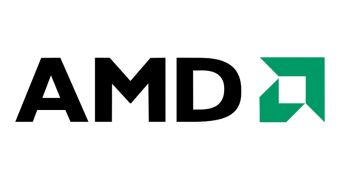Advanced Micro Devices may actually be on a positive track according to how financial analysts have interpreted the company's latest acquisitions and/or sales.
You might have read about what Advanced Micro Devices has done in regards to Globalfoundries and server maker SeaMicro lately.
If you've yet to read up on it, the company basically bought the latter (or started the process anyway) and sold its remaining stake in Globalfoundries.
Analysts seem to be very enthusiastic about all of this, saying that the Sunnyvale corporation can now focus on chip development, even if it is a “fabless” IT player now.
"We think it is good that AMD has managed to move to a wafer pricing agreement and still achieve reasonable profitability even with substandard yields in the near term," Patrick Wong, an analyst with Wells Fargo, reportedly said.
There are some less than desirable elements in all of this, unfortunately.
"However, the arrangement involves a cash payment of $425 million to GF, to be paid over the next five quarters, and AMD will take a $703 million charge in the March 2012 quarter. We think it is unfortunate that AMD has had to make a cash payment to GF, on top of the recently announced acquisition of SeaMicro which involves $281 million in cash," Wong says.
On the bright side, the overall cash balance is shaping up to be favorable to AMD. The analysts now think AMD can play its cards right and negotiate good deals with GF for whatever processors it makes in the future. Meanwhile, buying SeaMicro was a clear statement that things were getting hot on the server field.
"The acquisition presents a potential threat to Intel's server dominance while upping the competitive ante vs. fellow ARM-based server players. [...] SeaMicro not only meets the needs for a more efficient server, it also maximizes total CPU as a percentage of total system cost. We view SeaMicro as a competitor to Dell/HP/IBM due to its power-optimized framework. And also to silicon vendors that would otherwise reduce total system power through a SoC," said Rick Schafer, an analyst of Oppenheimer & Co.

 14 DAY TRIAL //
14 DAY TRIAL //